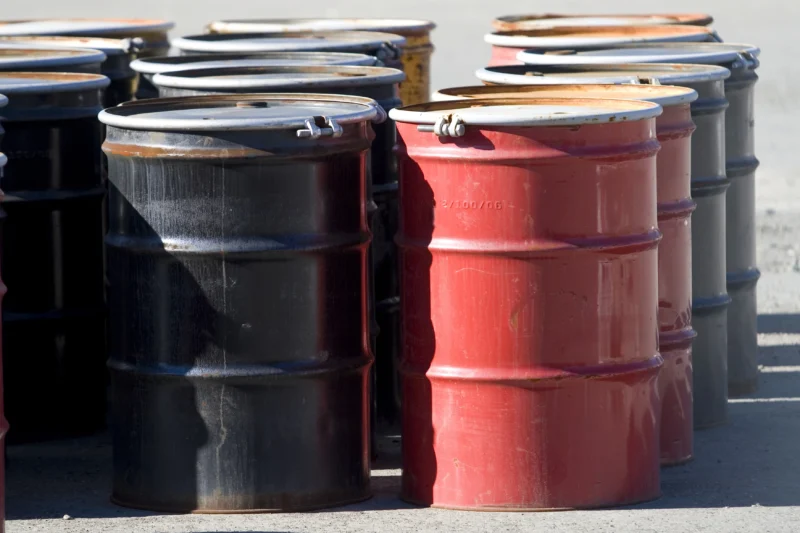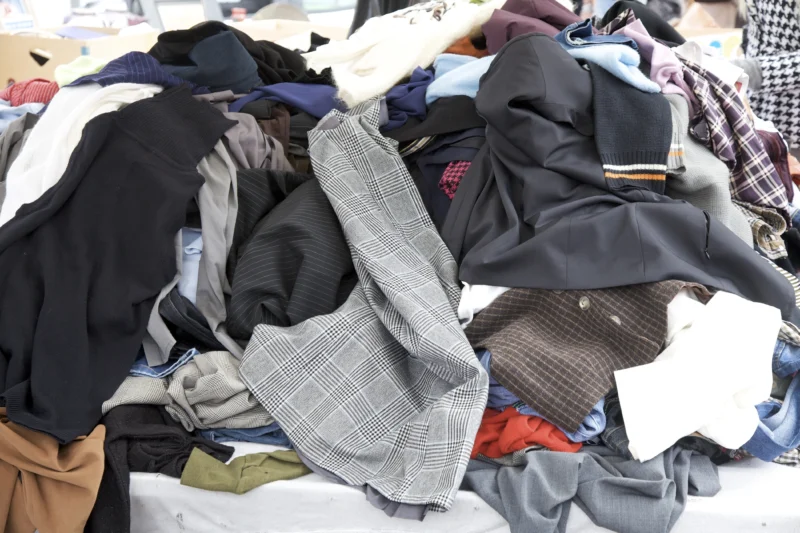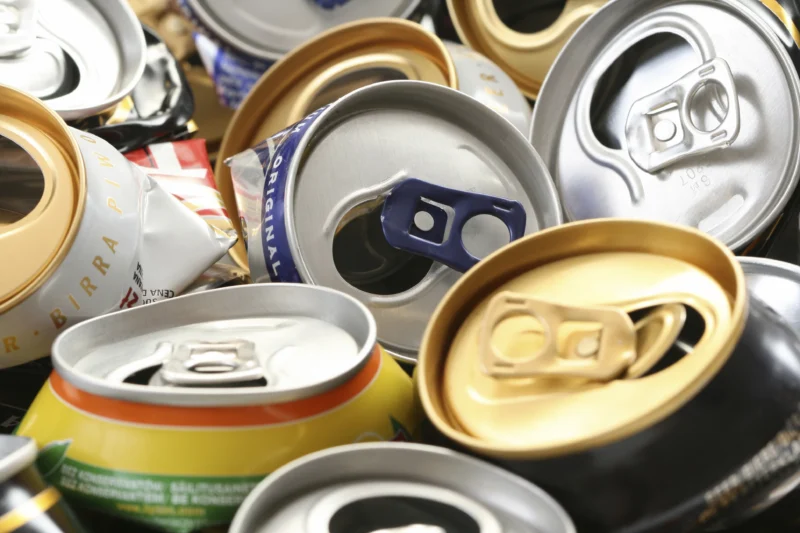What Waste Can Our Balers Handle?
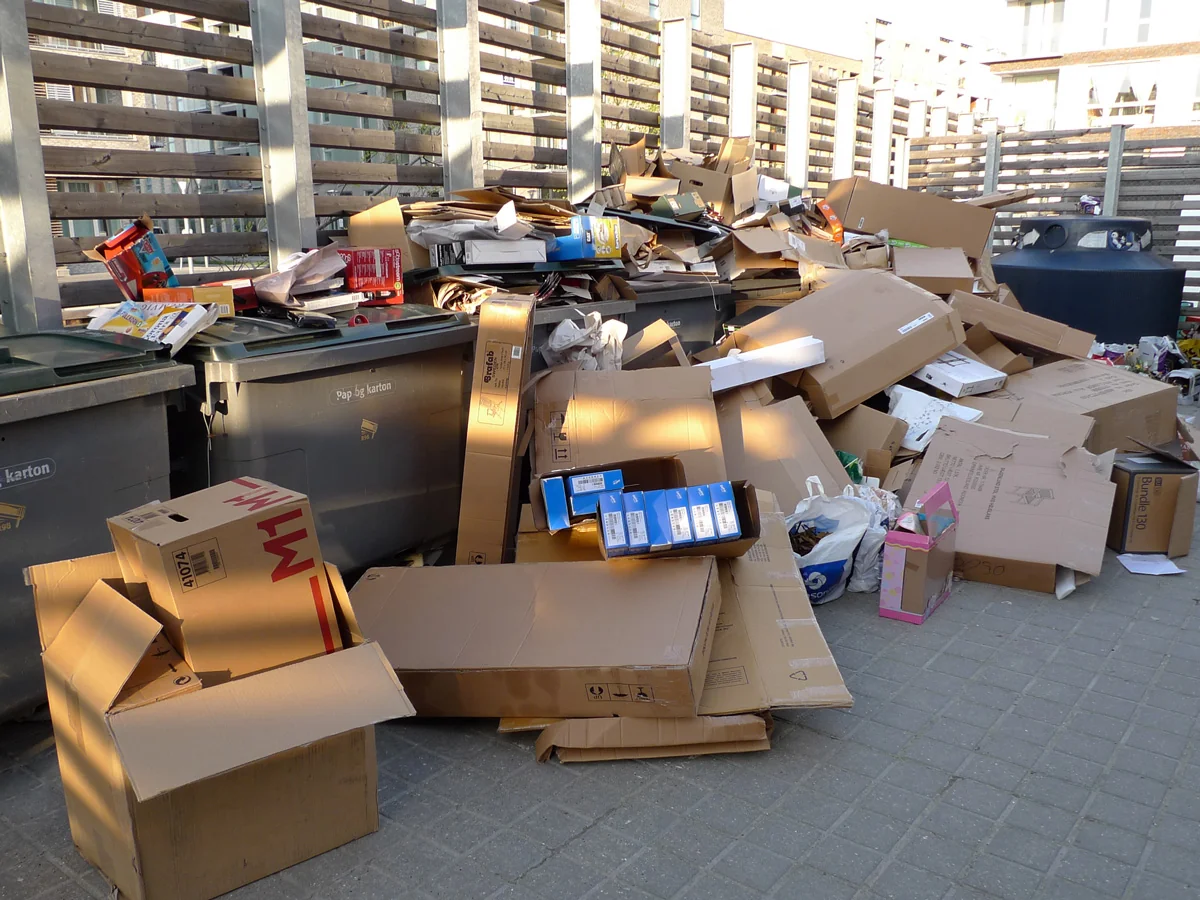
4 Unusual Waste Types Our Machinery Handles
Can you compact oil drums and barrels?
Can you bale textile waste?
What machines can compact aluminium and metal waste?
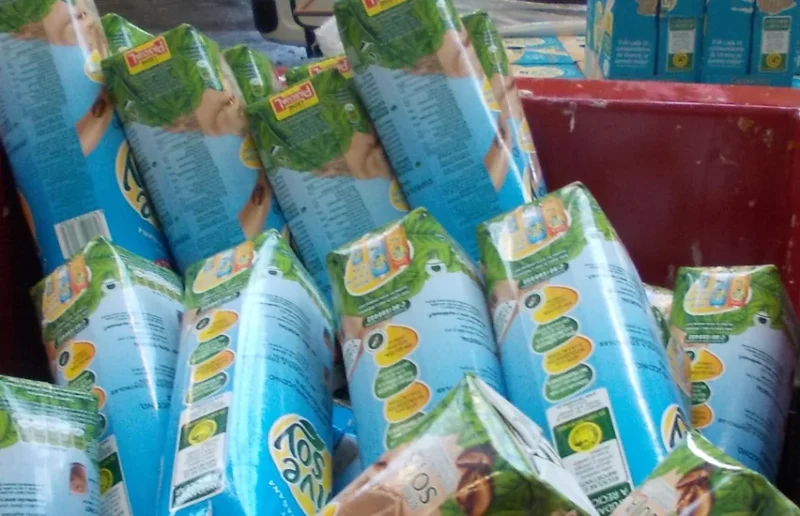
Can you compact wet and organic waste?
Compress Drums With The DP16
Used drums often have an oily residue or liquid at the bottom, and take up significant space when uncompressed.
While it is possible to dispose of used drums by throwing them into a container, this approach proves inefficient due to the sheer amount of space they occupy.
Here’s where the DP16 comes in.
How Does The Drum Press Work?
Designed specifically for compacting oil drums and non-explosive drums, the DP16 is equipped with special spikes to puncture and allow the release of accumulated air.
Compacting the drum reduces its volume by up to 90%, enabling safe transportation, disposal, or potential re-sell. With the DP16, your compacted drums can generate additional income because of their second-hand value.
Now more than ever, customers prioritize the ethical practices of their preferred companies and brands. Our vertical balers offer an opportunity to connect with conscientious consumers, while ensuring a more ethical and sustainable approach to waste management.
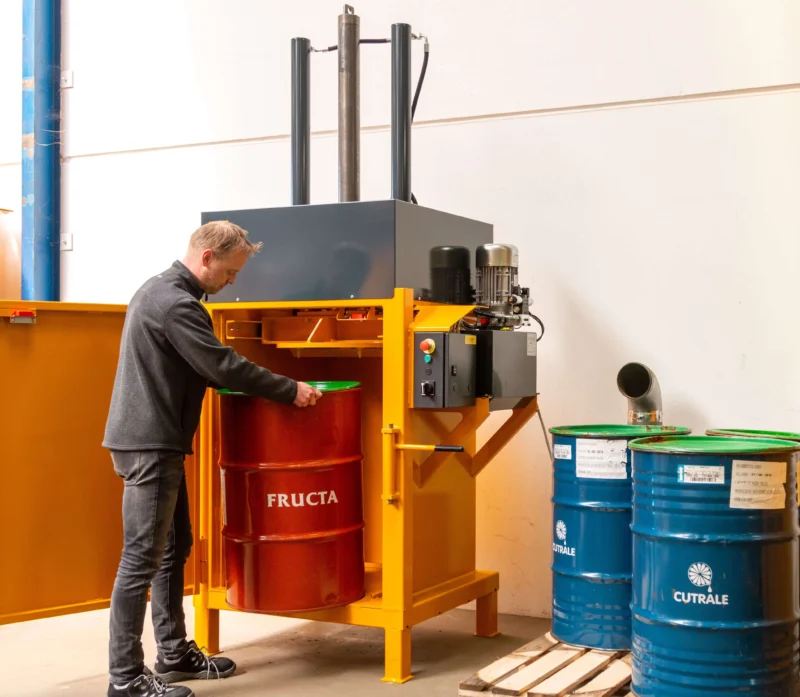
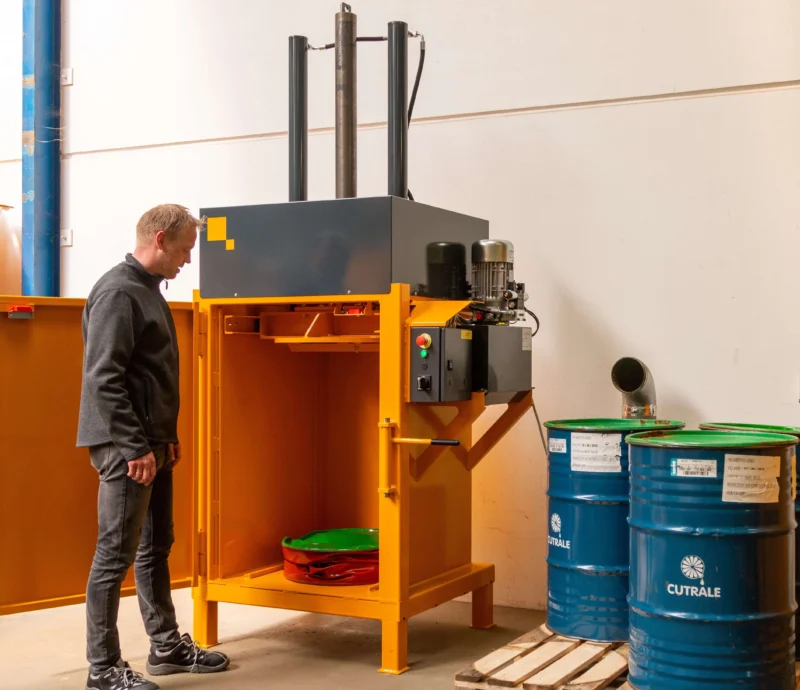
Compact Clothes and Textiles With The B4
Fabric and textiles can be damaged during transportation if they are not appropriately stored and compacted.
With no retainers inside the chamber, the B4 ensures garments remain undamaged. Whether you manage a small or large warehouse, a B-Series baler enables easy compaction of textiles for easy transportation and space optimization.
As a result, our B4 balers have become increasingly popular in the merchandise sector.
Also Read: Small vs. Large Balers
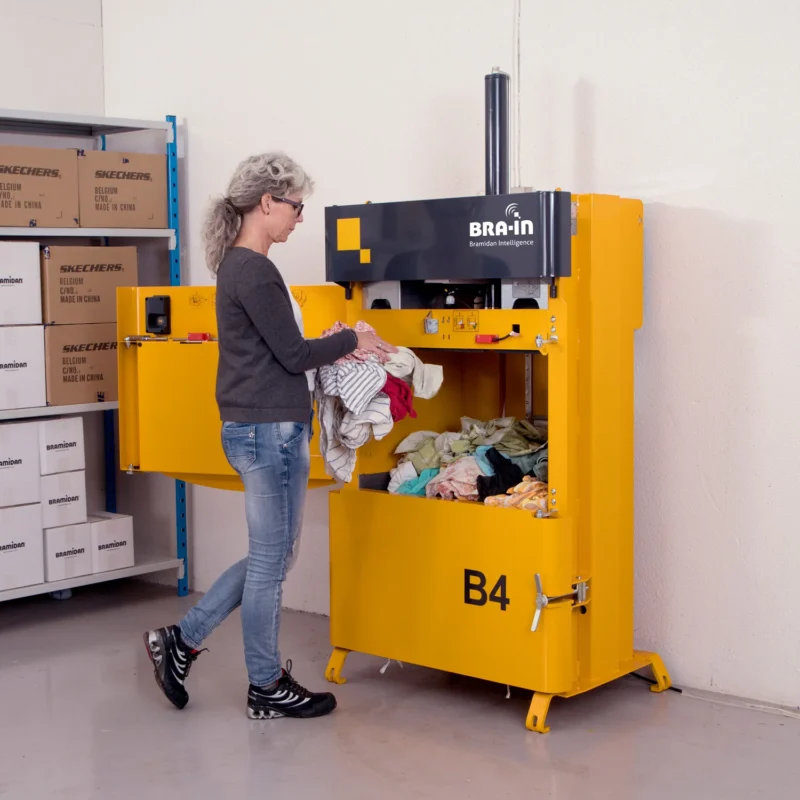
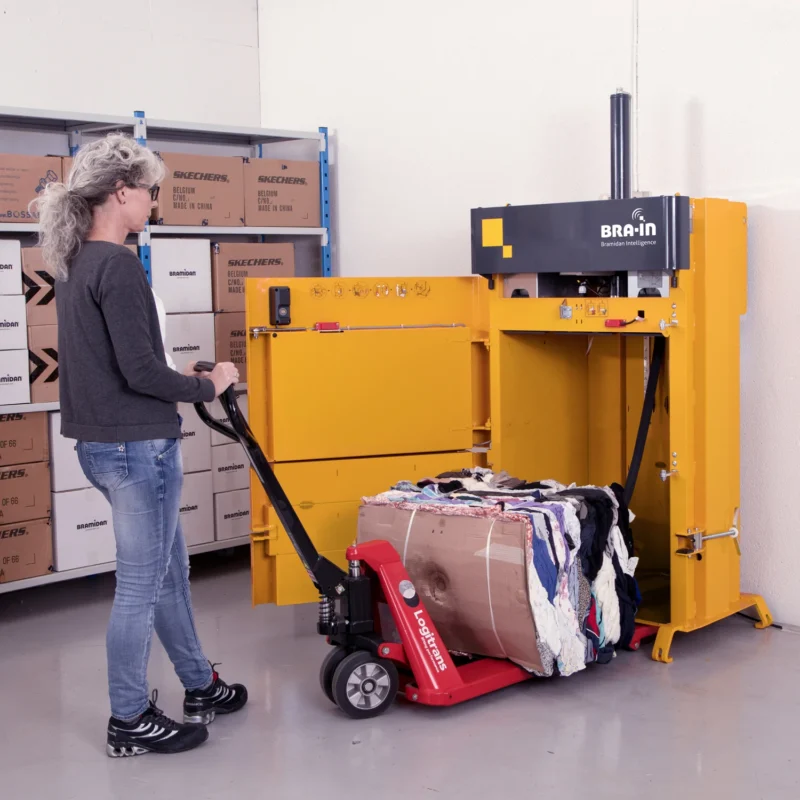
Aluminum & Metal Waste with Galvanized Balers
The transportation and disposal of aluminum cans or industrial metal waste incur substantial costs for companies, particularly for heavier metals like lead and cadmium. Plus, companies deal with liquid residuals at the bottom of cans, compromising the integrity of the machinery that handles it.
To streamline this process, we recommended using a galvanized baler, like the X30 HD. With a high press force and reinforced surface, galvanized balers efficiently reduce waste volume and feature a specialized draining system to remove any residual liquid.
Since it is crucial to compact the material at the onset of bale production, our balers possess an elongated stroke to ensure durable, tightly-packed bales.
Read More: Where to place your Baler
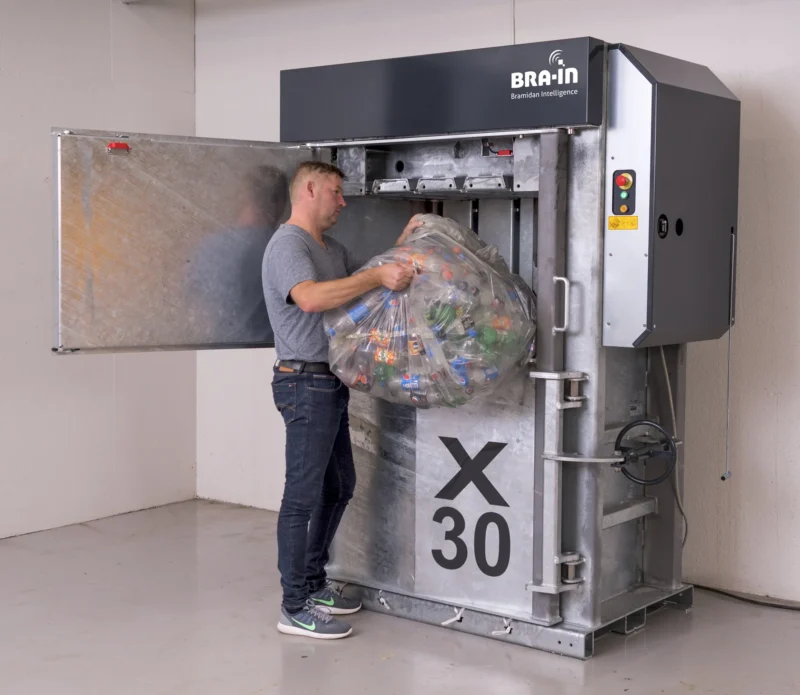
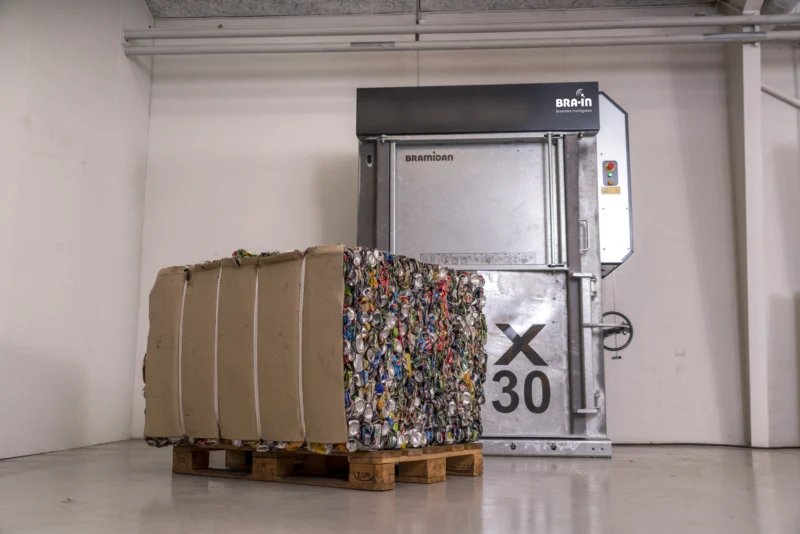
Organic Waste with a Self-Contained Compactor
Organic waste not only takes up valuable space and drives up transportation expenses but also decomposes quickly, emitting unpleasant odors in the process.
The waste can be compressed by self-contained compactors, designed to handle a wide range of organic waste (i.e. dairy products and other food services).
By processing waste through a self-contained compactor, organic waste undergoes a significant reduction in both volume and weight. The inclusion of a drainage pipe beneath the machine effectively removes liquid, allowing for separation of solid and liquid waste.
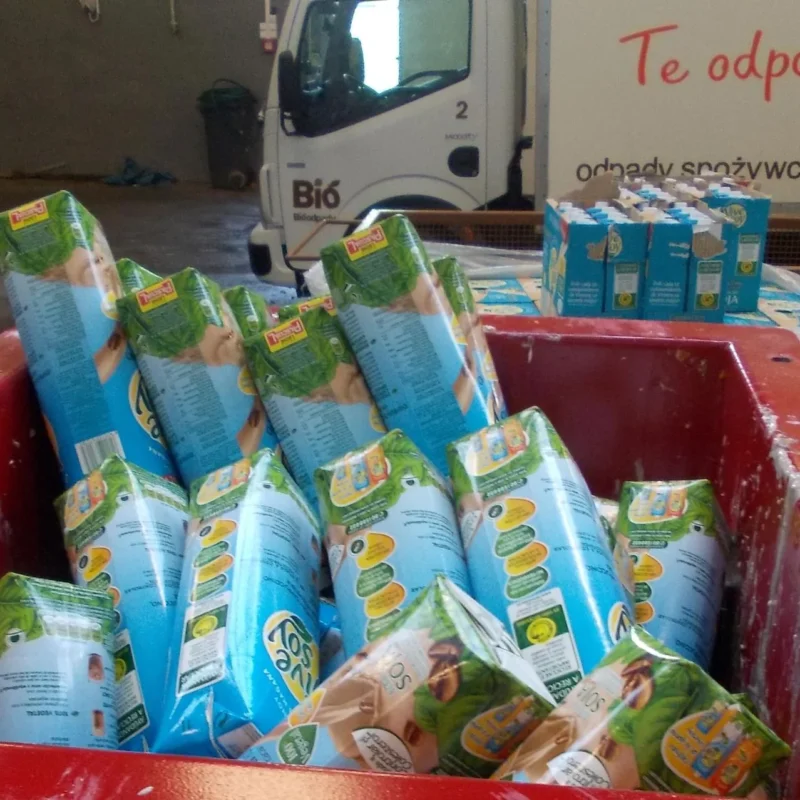
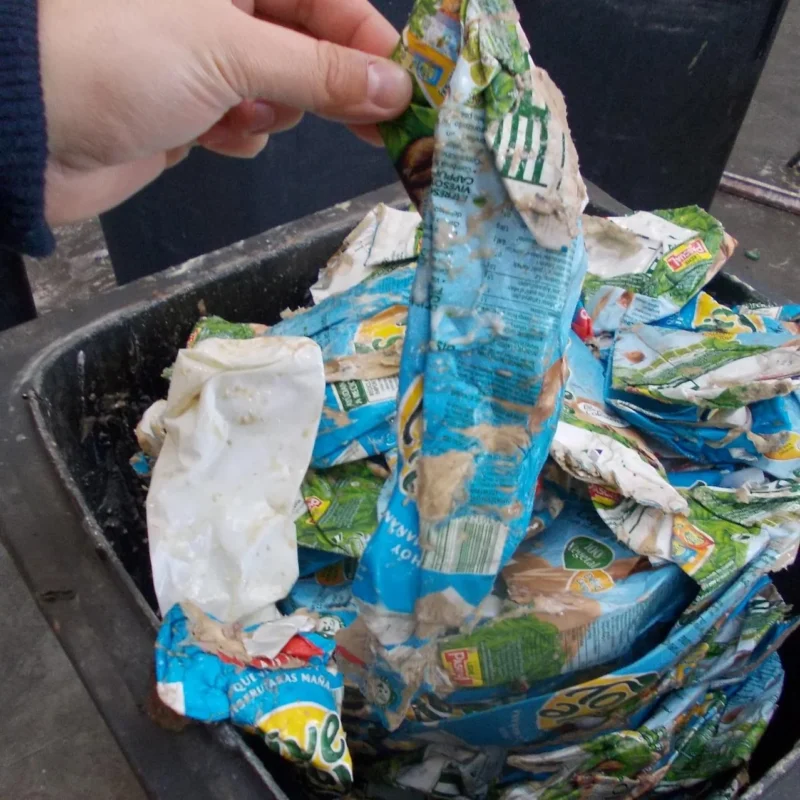
Unusual Waste Requires Special Attention
Although it may seem convenient to simply dispose of waste without much thought, there’s a suitable machine for every task at hand
Even if you’re concerned about the safety and operation of our machinery, our dedicated sales team is here to walk you through the research, order, and installation of your machine.
Want to find out more? Give us a call or an email; we’re here to provide you with all the information and help you need.
Questions? Contact Us Today




